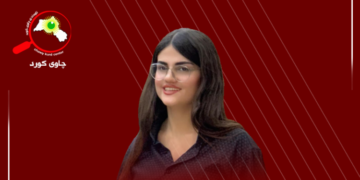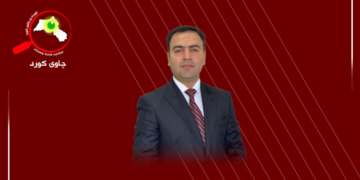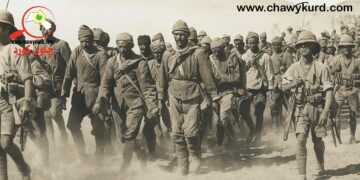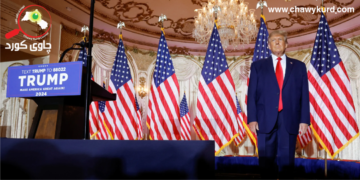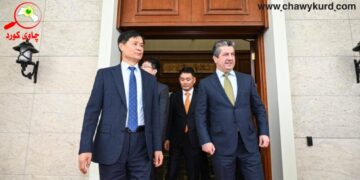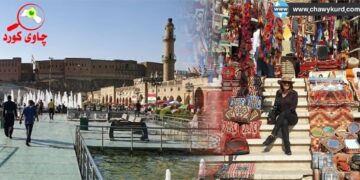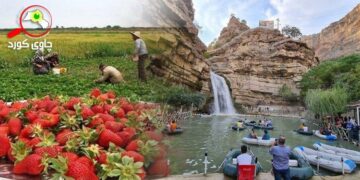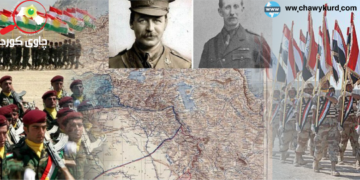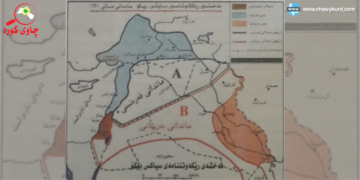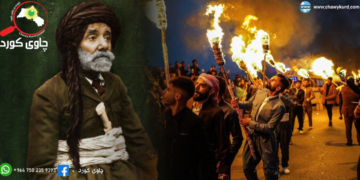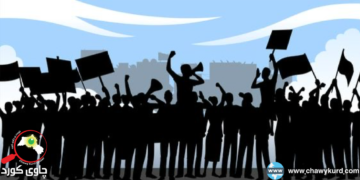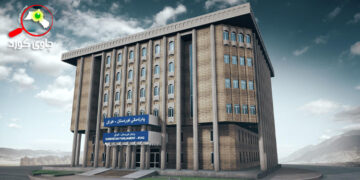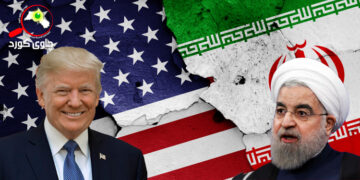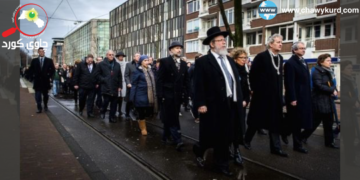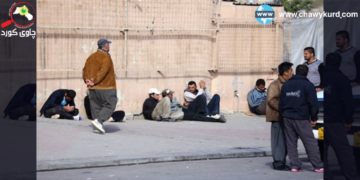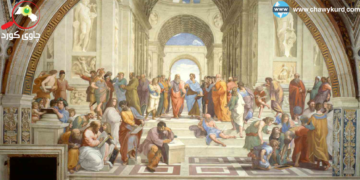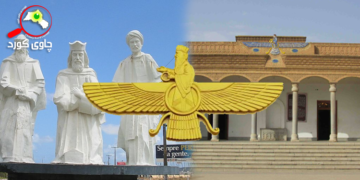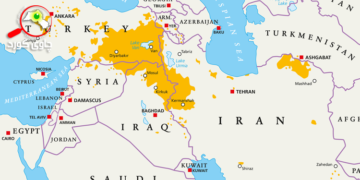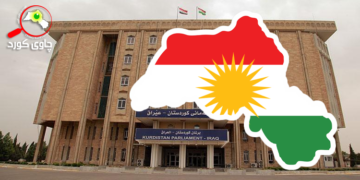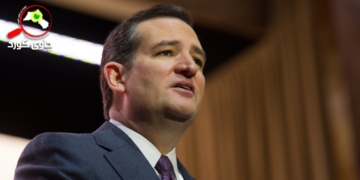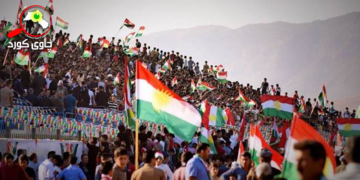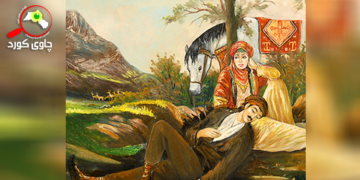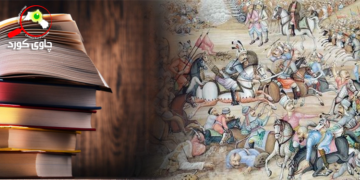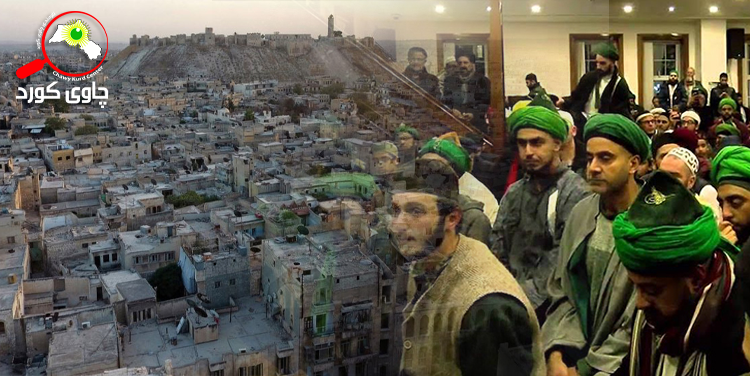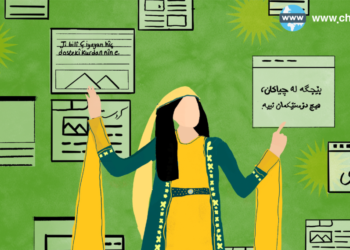“A Hidden Hand: Coordination between the Naqshbandi-Khalidi Movement and the Usuli Believers in Aleppo”
“From nationalism (populism) to the Muslim Brotherhood”
The last and obviously the most successful attempt to establish the Khalidi Naqshbandi sect in Aleppo was during the French mandate. This was due to the effort of Muhammad Abul Nasr al-Khalifa (1875-1949), the leader of the sect in Homs. In this way, according to his religious traditional views, the caliph deviated from the path of his predecessors and continuously searched for followers in the villages and cities of northern Syria.
This national strategy gained many followers in these regions and among the scholars and people of the Caliphate. During his regular visits to Aleppo, he held big meetings of taqwaa; including teachers and he also attracted college students of Khosravi’s Sharia. He established a Naqshbandi Takya in the Ottoman mosque, which was run by his son Abdul Basit and is still the main center of the sect in the city. Another leader of the national Naqshbandi in Aleppo, during the mandate and after independence, was Mohammed al-Nabhani (who died in 1956). His son is now the imam of a mosque in the Bayyada neighborhood named after him, serving and guiding the conservative side of the sect. The most prominent caliph of Abul Nasr al-Khalif in Aleppo was ‘Isa al-Banuni, for whom no appropriate biography is available. Details of his life are largely available from French sources said.
Information about Naqshbandi intimacy appears in two published works by ‘Isa al-Bayanuni, the first of which was written in late 1922 and is a stone-print poem on the celebration of the Prophet’s birthday Muhammad, whom he traditionally praises as the source of all goodness and in his name. Signed by Al-Halbi. The second work is a summary of an earlier book on the principles and methods of the Naqshbandi sect, which he completed a year later in 1926.
He explicitly added this title to his name as “servant of the great leader and famous Murshid Sheikh Muhammad Abul Nasr Khalif”. At the beginning of his book, he clarifies that he decided to start this book after being assigned to deal with the affairs of his leader’s disciples in Aleppo and its surroundings. When he presented the results of his efforts to Khalif Sheikh, he advised him to shorten the work so that it would be easier to publish, which is another evidence of his tendency towards populism.
The beginning of his book on the Naqshbandi sect defined literature as putting things in their proper places and doing what is right, emphasizing that this is the best of all Sufi practices. He then goes on to enumerate the needs of the Naqshbandi order, with an emphasis on the influence of the rabbitah – loyalty to the leader even when he is not present – which has sparked much debate since the days of Sheikh Khalid.
The presence of the Naqshbandi-Khalidi sect in Aleppo was not stable during the two centuries of its emergence. During this time, four main types of followers of the sect worked in the city, but each in his own role wanted to pay attention to his own Sufi tendencies.




